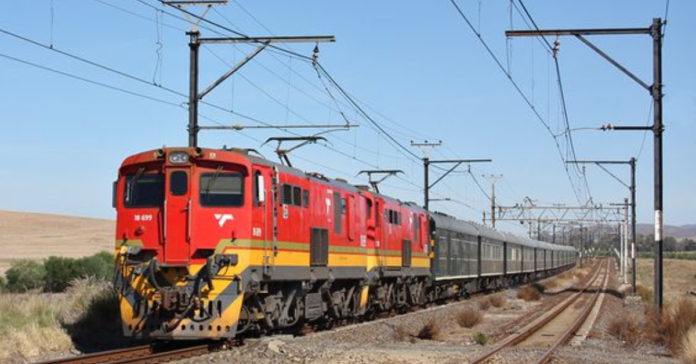In recent years, the railways have accelerated the phase-out of diesel coaches and the electrification of broad-gauge railway tracks. It plans to electrify its train network by December 2023 completely. The Railways’ diesel use was 26,41,142 kilolitres in 2018-2019, which dropped by 10.44% in 2019-2020 and further declined by 50.29 per cent to 11,75,901 kilolitres in 2020-21. Apart from being environmentally friendly, the phase-out of diesel coaches also makes economic sense, as the country imports most of its fuel. Indian Railways (IR) added another feather to its cap by electrifying 81.51% of the nation’s total Broad Gauge (BG) network. This brings the country closer to conducting the Net Zero Carbon Emissions target by 2030. With the launch of an ambitious initiative to electrify its entire Broad-Gauge network by IR, it would not only result in better fuel energy usage, increased throughput, and lower fuel cost, but it would also result in valuable foreign exchange savings.
With an increase in the average speed of trains due to electrification and increased throughput with enhanced productivity due to lower travel time and saving of person-hours, the development of industries, agro-based businesses and progress of villagers and farmers along the electrified routes is generally witnessed. Today, less than twenty per cent of the railway’s broad-gauge tracks are still non-electrified. The railway ministry is confident of completing the remaining electrification work by year-end. Once completed, the transition shall significantly increase the railway’s electricity consumption. IR consumed 21 billion units of power in 2019-20; the electricity consumption is expected a threefold growth to 72 billion units by 2029-30. Given that if the hired agencies can switch to renewables by 2030, it can help in saving 60 million tonnes of CO2 compared to a business-as-usual scenario.
The Indian Railways has a solar power potential of 20 GW and plans to use its idle parcels of land to build land-based solar energy plants to meet its traction power needs. Railways intend to initially build 3 GW of solar plants on underutilised unoccupied land in three phases. The Railways is also setting up a solar-plus-storage hybrid trial project at Dahod, Gujarat, to ensure continuous power supply to the traction network.
It has also agreed to collaborate with the Solar Energy Corporation of India on a similar round-the-clock supply project in Rajnandgaon, Chhattisgarh. The railways plan to replicate the approach across the country. It is also aiming to make its stations and facilities more energy efficient. Since 2016-17, the Railways has been manufacturing three-phase locomotives that generate power while braking (known as regenerative braking). The IR has also planted trees on vacant railway land and between sections. Since 2017, the Railways has planted ten million trees annually in collaboration with state forest departments.
While the railways are gaining benefits from efficiency programmes, the transition from coal-based power to renewables needs to be prioritised. According to a recent study & research by the Delhi-based consultancy firm Climate Trends, the phase-out of diesel engines is expected to raise carbon dioxide emissions by 32% due to the country’s reliance on coal to generate energy. Hence, it is high time that the possibility for non-renewable sources of energy is direly looked upon for resolving the quest for energy sources renewable in nature as amidst mass electrification, the total energy requirement of railways is expected to rise to 8,200 MW or 8.2 GW by 2030. The government, therefore, is making significant strides towards it, and the outcome is expected in the coming years.
The third edition of InnoMetro was organised at Hotel Vivanta Dwarka New Delhi on the 24th and 25th of May. Our annual tech event on the metro and rail industry has been an extraordinary experience yet again. With more than 600 delegates, including participants, speakers, sponsors, exhibitors and experts from industries, media persons, senior officials from government departments, and top-most professionals from coveted sectors, global conglomerates and country units has been a joyous and unforgettable moment to acknowledge. We are sincerely thankful to everyone who helped make this event a grand success, which gave us the required encouragement to continue the information and development work. The post-event details are comprehensively dealt with in the month’s issue with other regular columns, insightful updates, news/events, articles, etc., and exclusive interviews of noted industry personalities.
In an unfortunate incident on June 2nd at Balasore, Orissa, the nation witnessed one of the worst train mishaps of the country in which nearly three hundred passengers lost their lives with more than a thousand injured. The incident is grieving and painful and requires thorough investigation to help railways keep a safe, reliable, superior train operation. We express our deepest condolences to the deceased and the ones who are the victims of this horrible train accident. May the departed souls rest in peace.















